A recent study by Ikeogu, et al., (2024) titled “Prevalent Livestock Diseases in South East Nigeria and their Control Measures: A Review” published in e-Proceedings of the Faculty of Agriculture International Conference show that underreporting and inaccurate disease identification are significant challenges.
“
Underreporting and inadequate diagnostic resources hinder effective livestock disease control in Southeast Nigeria, highlighting the need for improved biosecurity and digital surveillance.– Ikeogu, et al., (2024)
In a recent study presented at the Second Faculty of Agriculture International Conference at Nnamdi Azikiwe University in Nigeria, researchers explored the intersection of digitalization, bio-conservation, and food security in the context of agriculture. The study provided critical insights into the state of livestock diseases in Southeast Nigeria, public health concerns, and innovative recommendations for improving disease control and food security through digital technologies. The study examined common livestock diseases in the region, analyzing their economic impact and implications for public health. It also reviewed current control measures and highlighted areas for improvement. The authors explore the role of digital technologies in agriculture, emphasizing their potential to improve food security and bio-conservation. This theme underlines the importance of modern technology in tracking and managing livestock health. The study addressed zoonotic diseases—illnesses that can be transmitted from animals to humans—and their public health implications. It stressed the need for robust disease surveillance and reporting systems to prevent outbreaks and protect community health.
How the Study was Conducted
The study evaluated livestock diseases prevalent in Southeast Nigeria based on data collected from January 2010 to June 2023 from the epidemiology unit of the Federal Department of Veterinary and Pest Control Services, Federal Ministry of Agriculture and Rural Development Abuja, Nigeria. The study reviewed notifiable diseases reported by the Nigeria Center for Disease Control through its Integrated Disease Surveillance and Response System (IDSR), which are known to be zoonotic. The authors discussed control programs that included biosecurity measures, disease surveillance in flocks and farms, seromonitoring of animals, routine vaccination, accurate diagnosis and treatment of sick animals, and stamping out flocks once a disease is detected.
What the Authors Found
The study found that underreporting and inaccurate disease identification are significant challenges. These issues are compounded by a lack of adequate veterinary diagnostic facilities and resources. This makes it difficult to assess the full extent of disease prevalence and economic impact. In addition, the authors found that livestock diseases have a substantial economic impact due to reduced productivity, loss of income, and increased production costs. Addressing these diseases is crucial for sustaining the economic viability of the livestock industry.
Why is this Important
Livestock Health and Welfare: Understanding the prevalence of diseases helps improve the health and welfare of livestock. By identifying common diseases, farmers and veterinarians can take preventive measures and provide timely treatment to reduce suffering and mortality.
Economic Impact: Livestock diseases can have a substantial economic impact. They lead to reduced productivity, loss of income, and increased production costs. By addressing prevalent diseases, the livestock industry can enhance its economic viability.
Public Health: Some of these diseases are zoonotic, meaning they can be transmitted from animals to humans. By controlling livestock diseases, we also mitigate the risk of human infections. For instance, Tuberculosis and Brucellosis are zoonotic diseases mentioned in the study.
Food Security: Livestock contributes significantly to food security. Ensuring healthy livestock populations is crucial for meeting protein demands and sustaining food availability.
Policy and Management: Policymakers can use this information to formulate effective disease control strategies. Recommendations such as improving diagnostic facilities and employing a one health approach can guide policy decisions.
What the Authors Recommend
- Given the challenges related to underreporting and inaccurate disease identification, the authors recommend improving veterinary diagnostic facilities. This includes investing in better equipment, training personnel, and ensuring widespread access to accurate diagnostic tools.
- Biosecurity practices play a vital role in preventing disease spread. The study suggests implementing biosecurity measures on livestock farms, such as controlling animal movement, maintaining hygiene, and preventing contact between healthy and infected animals.
- Regular surveillance is essential for early detection of diseases. The authors recommend establishing robust disease surveillance systems at both local and national levels. This involves monitoring disease prevalence, outbreaks, and trends.
- Vaccination is a powerful tool for disease prevention. The study emphasizes the importance of vaccination programs tailored to specific livestock species. Properly administered vaccines can significantly reduce disease incidence.
- The authors advocate for a “one health” approach, which recognizes the interconnectedness of human, animal, and environmental health. Collaborating across disciplines (veterinary medicine, public health, and environmental science) can lead to more effective disease control strategies.
- To address data gaps and improve disease reporting, the study proposes developing a digital livestock information system. This system would facilitate real-time data collection, analysis, and reporting.
In conclusion, addressing livestock diseases in Southeast Nigeria requires a multi-faceted approach that integrates digital technology, robust biosecurity practices, and comprehensive disease surveillance. This study underscores the significant challenges of underreporting and inadequate diagnostic resources, emphasizing the need for better infrastructure, consistent training, and a “one health” strategy that acknowledges the interconnectedness of animal and human health. By implementing effective control measures, investing in digital solutions, and fostering cross-disciplinary collaboration, the livestock industry can reduce disease impact, enhance food security, and safeguard public health. These measures will not only improve the economic viability of livestock farming but also contribute to a more resilient agricultural system in Nigeria.



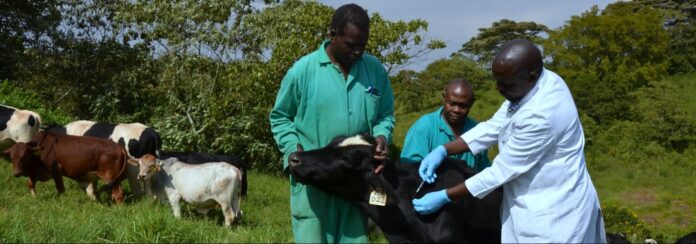

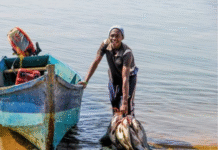
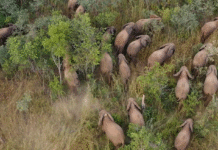

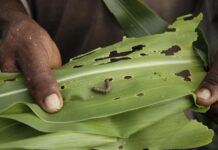

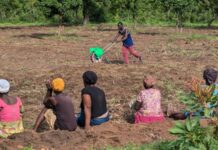

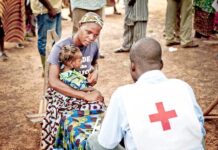



 The African Research (AR) Index is a comprehensive scholarly directory and database focused explicitly on journal publishers that publish and disseminate African research.
The African Research (AR) Index is a comprehensive scholarly directory and database focused explicitly on journal publishers that publish and disseminate African research.

